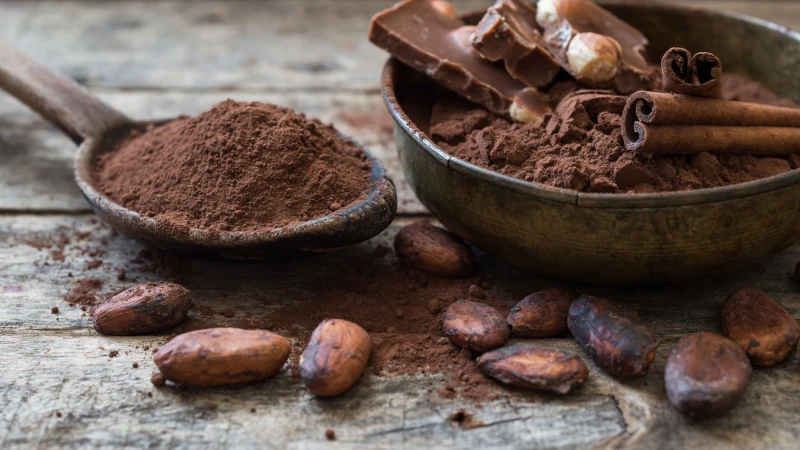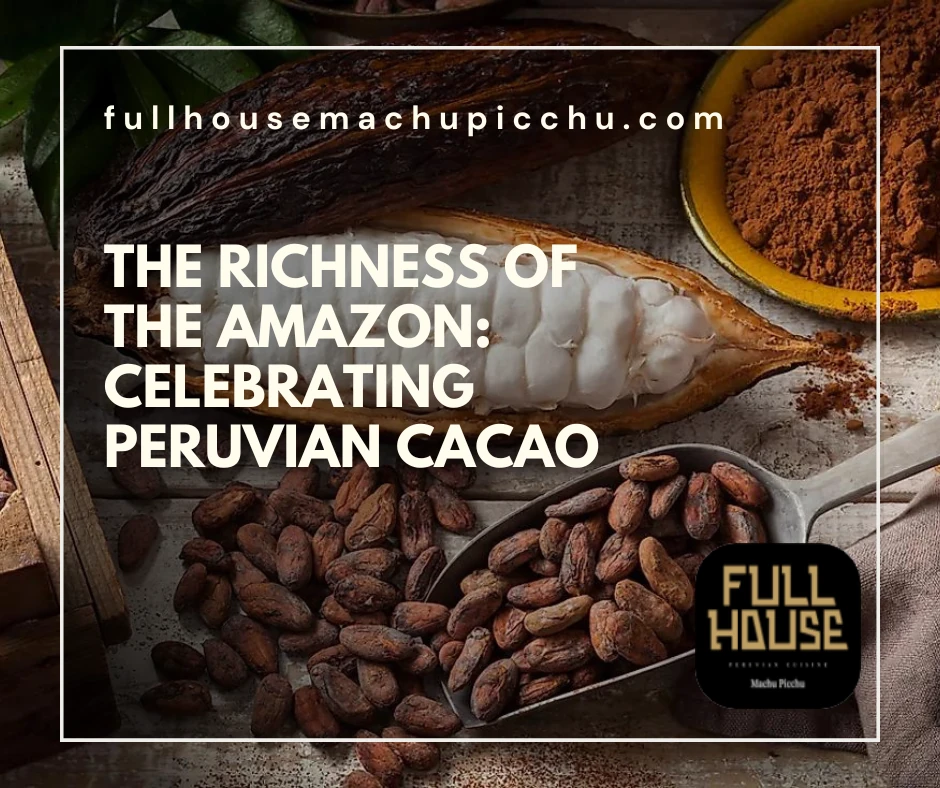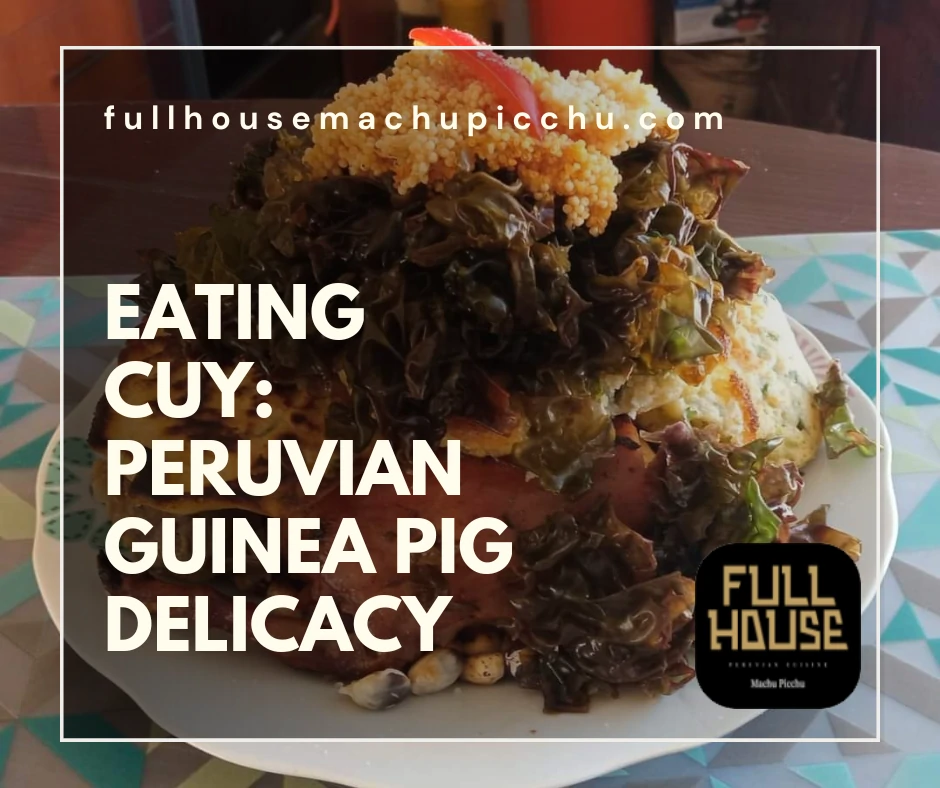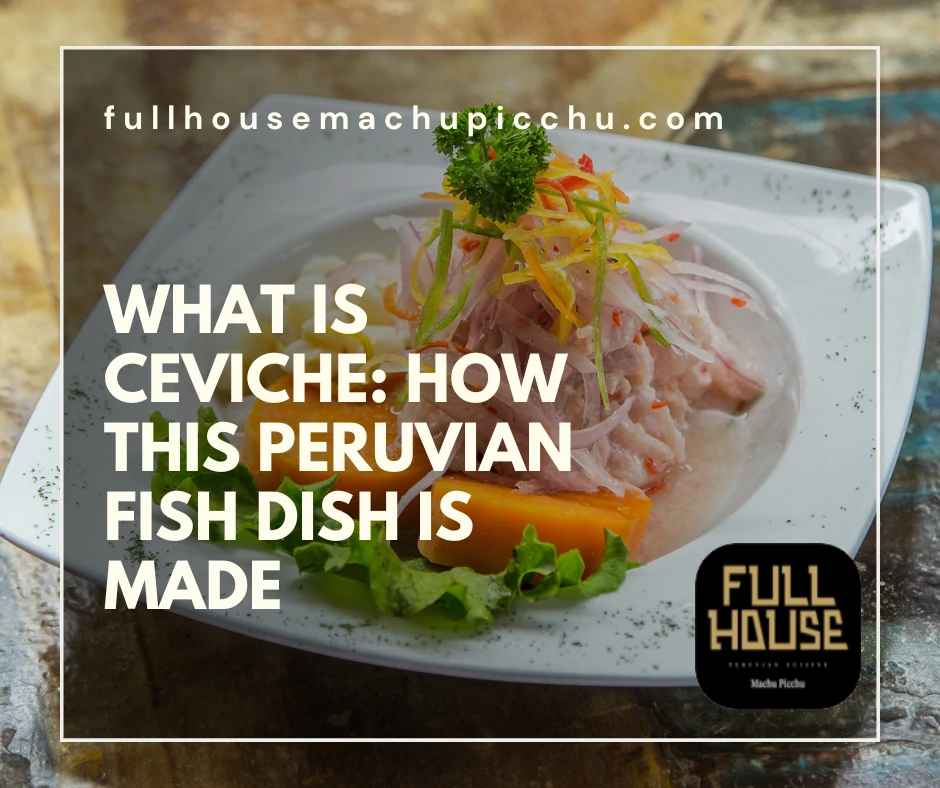Nestled in the heart of the Amazon, Peru harbors a treasure: its world-renowned cacao. A legacy passed through generations, Peruvian cacao rich history is as deep as its flavor profile. This dark delight has transformed from an ancient ritual offering to a global luxury.
Yet, beyond its fine taste, Peruvian cacao tells a story of the land and its people. From the misty mountains to the vibrant local markets of Cusco, cacao is more than a crop—it’s a cultural emblem. Dive with us into this flavorful journey, celebrating the richness of the Amazon.
From ancient rituals to modern delicacies: The historical journey of peruvian cacao
The story of Peruvian cacao is as rich as its taste. Its origins trace back to ancient Andean civilizations. Here, cacao wasn’t merely a food source but held spiritual significance. Revered by priests and royalty alike, Peruvian cacao played roles in religious rituals and offerings. Its seeds were sometimes used as a form of currency, further underlining its value.
With the Spanish conquest, cacao’s prominence grew. The Spanish were captivated by its unique flavor and introduced it to Europe. Gradually, as its popularity spread, cacao began to influence culinary scenes abroad. European chocolatiers, seeking the finest beans, often turned their attention to Peru.
In time, alongside coffee, cacao became a major export commodity. The dark beans from the Amazon found their way to many global markets. Yet, its heart remained deeply rooted in Peruvian soil. Local chocolatiers crafted masterpieces, fusing traditional and contemporary techniques.
Peruvian desserts began to incorporate the rich flavor of their native cacao. Chocolate-infused delicacies emerged, marrying well with ingredients from Peru’s diverse landscapes. Amidst this evolution, the quality of Peruvian cacao never wavered. Its depth and complexity of flavor continued to stand out.
Today, it enjoys worldwide acclaim. Many connoisseurs consider it among the best, praising its nuanced palate. Still, beyond the international recognition, cacao remains a symbol of national pride.
For those eager to taste this age-old delicacy in its purest form, dive deep into Peruvian desserts. Or, if a more modern twist is to your liking, explore the rich blends of coffee and Peruvian cacao. Either way, the journey promises to be delightful.

Terroir and taste: Understanding the unique flavor profiles of andean chocolate
The Amazon, with its varied landscapes, lends a unique terroir to Peruvian cacao. This high-altitude region, rich in minerals, affects the flavor profiles of the cacao grown here. Terroir, the environment in which crops grow, plays a significant role in determining taste. And for Peruvian cacao, this has always been its distinguishing factor.
Peruvian cacao boasts a range of flavors, from fruity notes to more nutty undertones. The precise combination of altitude, rainfall, and soil imparts these distinct characteristics. Chocolate enthusiasts can often detect hints of floral or citrus, signatures of this Andean treasure.
Our Culinary Heritage has always celebrated diverse ingredients. Yet, cacao holds a special place. Its versatility allows it to seamlessly blend into both traditional and modern recipes. From rich drinking chocolates to artisanal bars, its presence is ubiquitous.
Peruvian cacao, however, is not just about taste. Its rich texture and aroma are equally compelling. Breaking a piece of chocolate made from these beans is an experience. The melt-in-mouth creaminess is unparalleled, a testament to its superior quality.
For anyone on a culinary journey, Peruvian cacao is a must-explore. Its unique flavor profile, deeply rooted in the Amazon, promises a sensory delight. So, whether you indulge in a bar or relish a Mazamorra Morada, the magic of Peruvian cacao awaits. Dive in and let your taste buds celebrate!
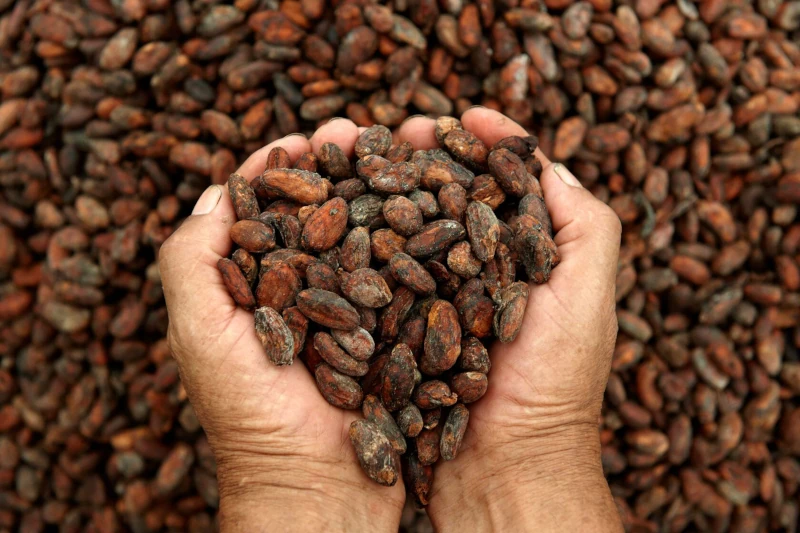
Sustainable farming and ethical practices: The future of cacao production in Peru
Peruvian cacao stands out not only for its flavor but also for its cultivation ethos. Embracing sustainable farming, Peru is reshaping the cacao industry. Sustainable practices ensure soil health, promoting long-term production without degrading the environment. For Peruvian cacao farmers, it’s more than a trend; it’s a responsibility.
Water management, organic fertilizers, and biodiversity conservation are key pillars of this approach. As global demand rises, these sustainable methods become even more crucial. Peruvian cacao, thus, promises quality without compromising the Earth’s resources.
Ethical practices extend beyond just farming. Fair wages and good working conditions are central to cacao production. These ensure that farmers and workers receive their rightful due. This ethical focus has far-reaching impacts, improving the overall community’s well-being.
Peruvian cacao, renowned for its rich flavor, elevates traditional desserts. “Arroz con Leche” gains a chocolatey depth when infused with this cacao. Similarly, “Picarones” drizzled with cacao syrup become an indulgent treat, showcasing Peru’s culinary brilliance
As the world increasingly demands transparency, it sets the gold standard. The blend of sustainability with ethics ensures that consumers receive the finest produce. And while indulging, they can remain assured of their choices’ positive impact.
Looking forward, the commitment to these principles will define the trajectory of cacao. A harmonious balance between nature, farmer welfare, and delectable taste is the vision. And in this endeavor, every bar of chocolate and every serving of “Arroz con Leche” supports a brighter, more sustainable future.
